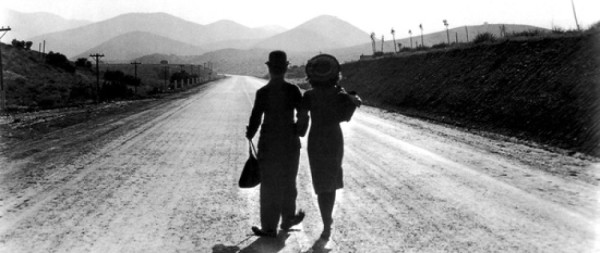Rage in Heaven
Directed by W.S. Van Dyke
Written by Christopher Isherwood and Robert Thoeren from a novel by James Hilton
1941/USA
Metro-Goldwyn-Mayer
First viewing/Amazon Instant Video
Title card: “Heaven hath no rage like love to hatred turned.” – Milton
Rage in Heaven is kind of a mess, but an interesting one.
The story begins in Paris where psychiatrist Dr. Rameau (Oscar Homolka) has called the British Consul into his asylum to help learn the identity of a paranoiac patient known as “Ward Andrews”. By the time Rameau can introduce his patient, he has escaped.
Segue to London, where Ward Andrews is being paged at his hotel. The phone is delivered to Ward Andrews (George Sanders). Having heard the page, his friend Philip Monrell (Robert Montgomery) goes to him. Coincidentally, both have just returned from Paris. Andrews has a couple of days before starting a job in Scotland and Philip invites him up to his family’s country estate. There they meet Philip’s mother’s new companion the lovely Stella (Ingrid Bergman). Both men promptly fall in love with her but Philip pushes her toward Ward. However, it is Philip Stella loves and they marry shortly after Ward’s departure.
It is not long before we learn that Philip has serious problems. He admits that he posed as Ward in Paris to feel more confident. Despite Stella’s evident loyalty and love, he has also become convinced that she actually loves Ward. He invites Ward back to their home and gives him a job. After that, he repeatedly concocts ever more devious “tests” of Stella’s devotion. In his mind, she fails every one of them and he begins to plot an elaborate revenge.
One of the reasons I watched this was because it was billed as a film noir in Keaney’s Film Noir Guide. I think that’s stretching a point – the film is strictly a Freudian melodrama with a Gothic slant. It went through three directors before being finished by Woody Van Dyke while he was on a 14-day leave from the Marines and the pacing suffers. The first part drags a bit and the third act is badly rushed.
Still, I thought all the principals were good, though Bergman is still finding her way as an actress. It is always nice seeing George Sanders play outside his cynical “type” as the decent friend of the family. I don’t know how accurate the psychology was but I thought Philip’s machinations were pretty scary.
Re-release trailer






